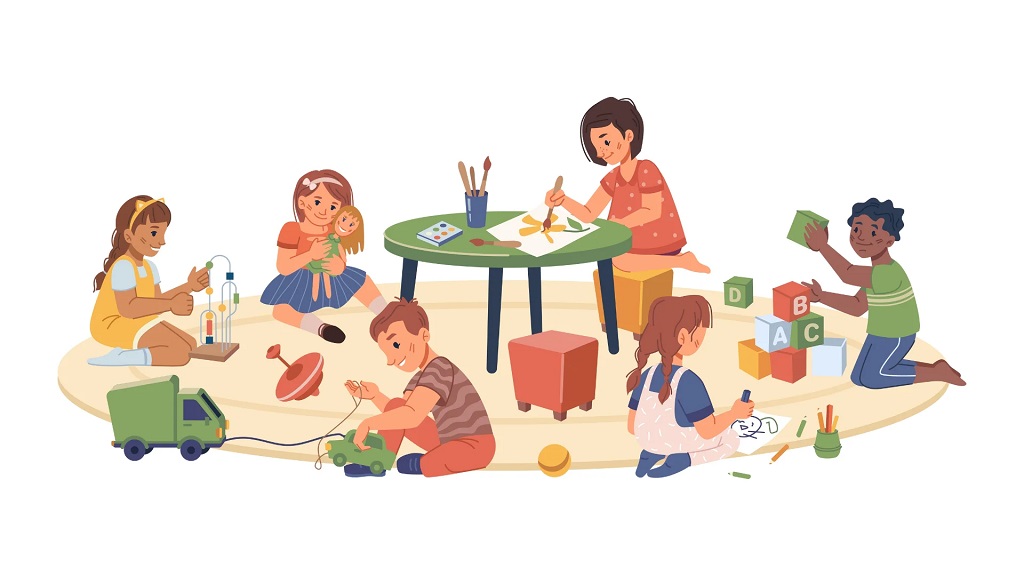Welcoming a new member to your family is an exciting and joyful experience. As a parent, it’s only natural to want to ensure your baby’s well-being and monitor their developmental milestones. One such milestone that parents often wonder about is their baby’s ability to rotate. In this comprehensive guide, we will delve into the topic of how to identify if your baby is rotating, providing you with valuable insights, practical tips, and expert advice.
Understanding Baby Rotation
What is Baby Rotation?
Baby rotation refers to the ability of an infant to turn their body or head in different directions voluntarily. It is an essential motor skill that develops as babies grow and explore their surroundings. By learning to rotate, babies can enhance their cognitive development, sensory perception, and physical coordination. Discover why is my toddler spinning in circles.
When Does Baby Rotation Typically Occur?
The timing of baby rotation can vary from one child to another. Generally, babies start displaying signs of rotation between the ages of three to six months. However, it’s important to note that every baby is unique, and individual development may slightly differ.
Signs that Indicate Your Baby is Rotating
Recognizing the signs that indicate your baby is beginning to rotate can help you track their progress and celebrate their developmental milestones. Here are some key indicators to look for:
1. Increased Mobility
As babies start to rotate, you may notice increased mobility. They may exhibit a greater range of movement by turning their head from side to side or rolling from their back to their tummy.
2. Curiosity and Alertness
Rotating allows babies to explore their surroundings more effectively. If your baby displays curiosity and alertness towards objects and people around them, it could be a sign that they are developing rotation skills.
3. Reaching and Grasping
When babies rotate, they gain the ability to reach and grasp objects within their reach. If you observe your baby attempting to grab toys or objects by turning their body or reaching out with their arms, it indicates their increasing rotational capabilities.
4. Eye Tracking
As babies develop rotation skills, their eye-tracking abilities improve. You may notice them following objects or people with their eyes as they move across their field of vision.
Encouraging Healthy Rotation Development
Promoting healthy rotation development is vital for your baby’s overall growth and well-being. Here are some strategies to encourage your little one’s rotational skills:
1. Tummy Time
Tummy time is an excellent activity for fostering rotation. Placing your baby on their tummy for short periods encourages them to lift their head, push up with their arms, and eventually roll over.
2. Interactive Toys and Objects
Provide your baby with age-appropriate toys and objects that encourage reaching and grasping. Choose items that stimulate their curiosity and prompt them to rotate and explore their environment.
3. Encouraging Movement
Create a safe and stimulating environment where your baby can move freely. Clear an area on the floor, remove any hazards, and allow them to explore their surroundings, promoting natural rotation and mobility.
4. Gentle Stimulation
Engage your baby in gentle activities that involve moving and rotating their body. For example, you can play games like “This Little Piggy” or “Peek-a-Boo” that require turning body parts or following movements with their eyes.
Seeking Professional Advice
If you have concerns about your baby’s rotational development or suspect any delays, it’s always recommended to consult with a pediatrician or healthcare professional. They can provide a comprehensive evaluation and offer tailored guidance based on your baby’s unique needs.
Conclusion
Identifying if your baby is rotating is an exciting journey that unveils their growing motor skills and cognitive abilities. By recognizing the signs and implementing strategies to encourage healthy rotation, you can actively support your baby’s development. Remember, each child progresses at their own pace, so patience and encouragement are key. Celebrate every milestone along the way and cherish the precious moments as you witness your baby’s growth.




